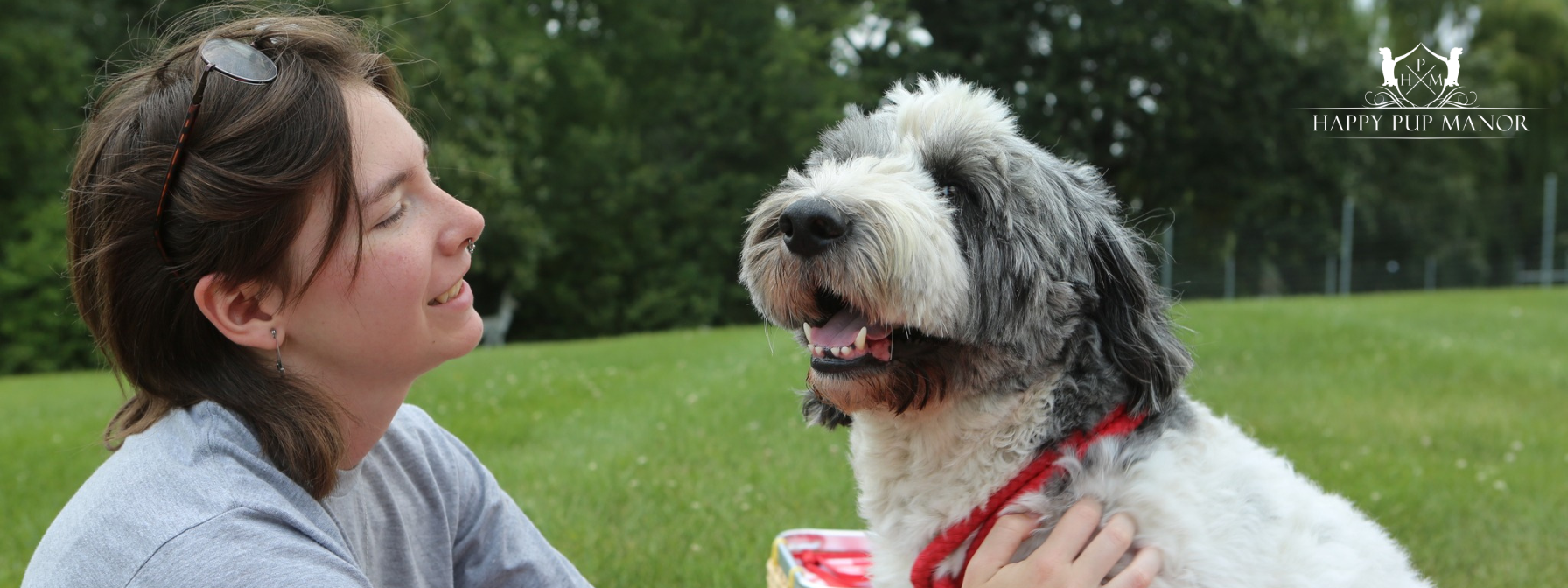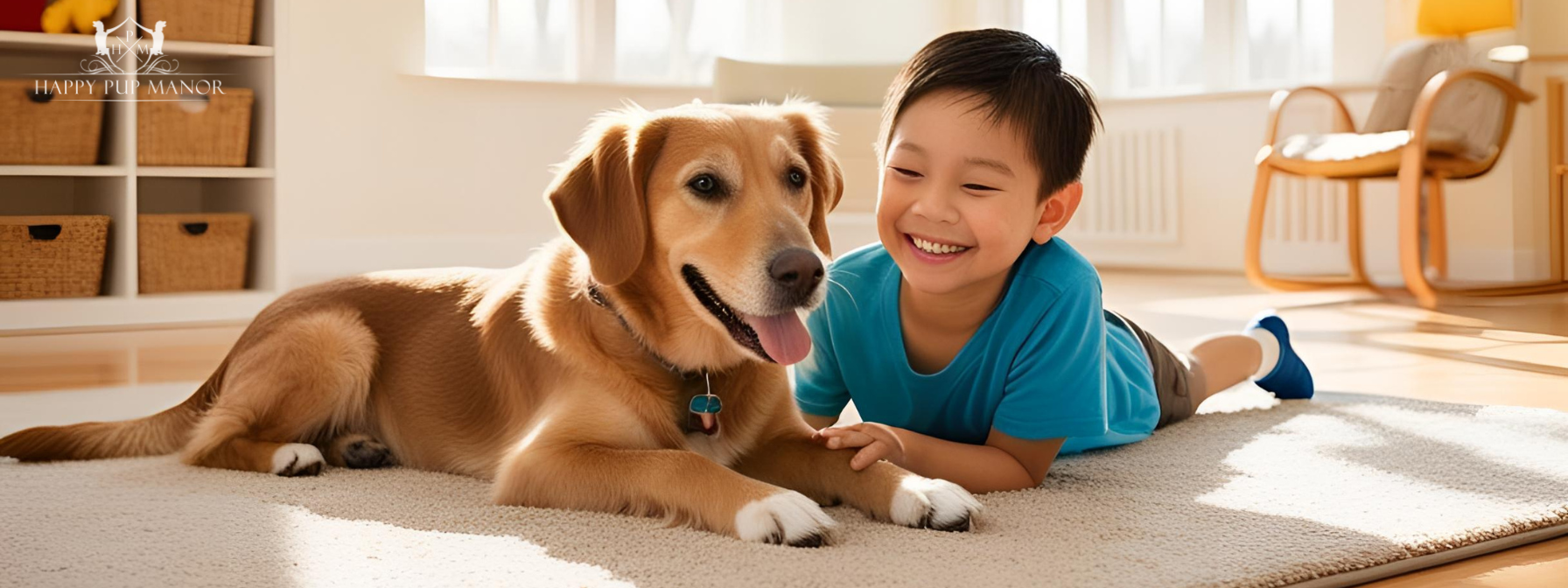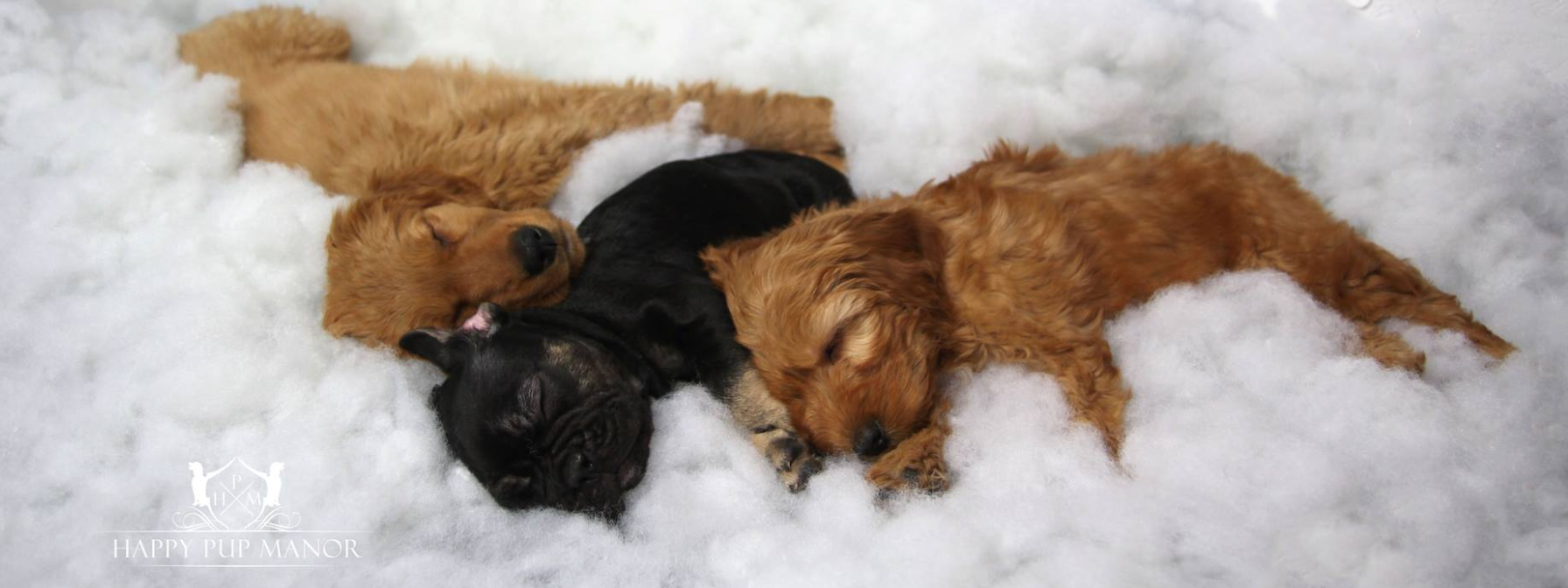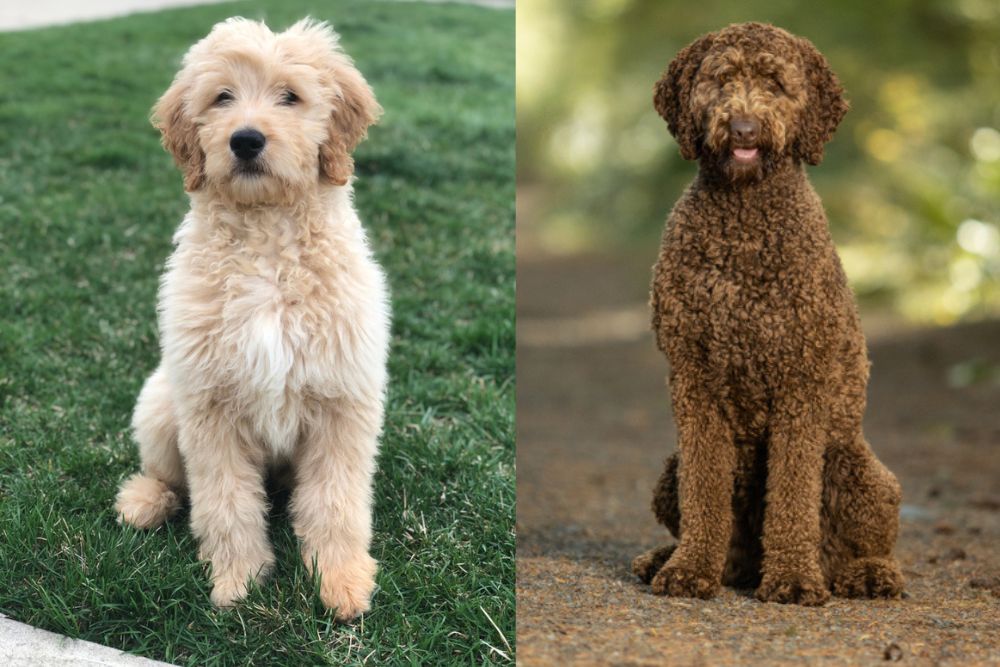How To Introduce My Dog To The Dog Park?

How To Introduce My Dog To The Dog Park?
Bringing your dog to the dog park can be exciting for both of you–but there are many things you should know and prepare for before heading out. While it can be a rewarding experience for your dog if done properly, coming unprepared can also create negative experiences.
For one, bringing your young pup who hasn’t completed its vaccines can infect it with life-threatening diseases. So, if you are a new puppy parent, check out our step-by-step guide just before you visit your nearest dog park.
3 Steps Before Visiting the Dog Park
Ensure Vaccinations: The most important thing you should prepare for is ensuring your pup is fully vaccinated before bringing him outdoors and interacting with other dogs. Little pups still have developing immune systems, so they can easily get infected by viruses, which can be very fatal. To avoid these, make sure that your pup is already immunized and that you have already received clearance from your vet that your pup is safe to go out.
Read: When Can I Take My Puppy to the Dog Park?
Do Basic Training: Bringing your dog to a park with many other people and dogs can be tricky and may sometimes lead to accidents if your dog has not received any obedience training. Your dog should at least be able to respond reliably to basic commands like “sit,” “stay,” “come,” and “leave it”. This way, you can be confident that you have a level of control over your dog and that he won’t go and run away from you. A lot of dog park accidents happen when owners have not trained their pups and brought them to a very open space and are unable to control them.
Read: Five Basic Puppy Training Commands to Learn
Have Socialization Activities: Socializing your dog before bringing him to the dog park would prevent your dog from becoming overly excited or anxious when meeting other pets. You can gradually socialize your dog with other dogs in controlled settings, like in your own home or by setting up “doggie dates” with your friends. Doing this can be very beneficial since you can fully control your dog and observe his behavior and reactions while building confidence and social skills.
Read: Why Is Puppy Socialization So Important?
Tips For Introducing Your Dog To The Dog Park

Identify Your Dog’s Personality
Dogs have different personalities and characteristics, so it only makes sense that some pups can be friendly and playful while others are more sensitive and timid. Paying close attention to your dog’s personality and play style would help you determine if the dog park you would be visiting would benefit your pup.
Some pups love playing in a lively place with many other dogs, but some prefer smaller places, simple dog dates, and meet-and-greets. And there’s no problem with that! Both scenarios are beneficial for your pup’s socialization, and as a pup parent, you should know which one would be the best for your pup.
Survey the Area
Before bringing your pup to the dog park, it is wise to visit the place a few times on your own. This will allow you to note how things happen in the park, whether there are certain rules that need to be followed, and if there are possible problem areas.
Check if the park is properly fenced, if there are areas that can cause accidents, what hours it gets crowded, and what would be the best places for you and your dog to hang out. Doing these quick surveys before bringing your dog to the park would ensure that you and your pup would get the most out of your dog park visits and that no accidents will happen.
Choose a Quiet Time To Visit
If your pup is new to meeting other dogs and people, visiting the park during off-peak hours, like mornings or weekdays, would be best. This can help your pup get familiar with the park and his new surroundings without getting too overwhelmed by meeting too many dogs at once. Once you have noticed that your dog has become more comfortable in the park, you can change your schedule and start going during the weekends, too!
Keep Your First Visits Short and Sweet
Keep your first few visits short, around 15-20 minutes, to prevent overstimulation. While pups who get overstimulated may appear happy at first, they can become too tired and exhausted once you get home. You don’t want your pup to get sick due to exhaustion, right?
Observe Before Entering
Even if you have done your assignment of scouting the dog park a couple of times before bringing your dog, you should spend a few minutes outside the park observing the behavior of other dogs. This can help you gauge the environment and your dog’s reaction. There may be some days when the park becomes too rowdy for your dog, so it is best to leave and return at a later time or a different day.
Always Stay Alert!
While inside the park, make sure that you have your full attention on your dog. Even if your pup is fully trained, you can’t leave it unsupervised since there are other dogs who may not yet be trained. You should always watch your dog to ensure it is playing nice with other dogs and that it is kept safe from any possible harm or accidents. Sometimes, dogs may appear to be playing at first, but this can develop into aggressive and harmful play that can hurt smaller dogs. Being in a dog park is not the time to focus on other things like your book or phone!
Don’t Bring Out Your Dog’s Treats and Toys Around Other Dogs
Bringing your dog’s treats and toys when you go out can help you train your dog and keep it well-behaved, but it can cause a ruckus when you bring these out in the presence of other dogs. Some dogs can become aggressive and may want to snatch your pup’s treats or toys. This can cause a fight between dogs in the park, especially for more dominant and aggressive dogs, so keeping them in your bag and away from dogs is best.
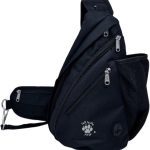 Tip: Use a Dog Treat Pouch that will keep your dog’s toys, treats, and even poop bags safe and secure, just like the Talk to the Paw Dog Treat Pouch, which has a no-spill design. This dog treats pouch is small and handy but can carry all your pup’s essentials during your outdoor walks and trips to the park.
Tip: Use a Dog Treat Pouch that will keep your dog’s toys, treats, and even poop bags safe and secure, just like the Talk to the Paw Dog Treat Pouch, which has a no-spill design. This dog treats pouch is small and handy but can carry all your pup’s essentials during your outdoor walks and trips to the park.
Don’t Bring Small Kids to The Dog Park
As much as possible, don’t let your young children tag along with you when visiting the dog park. Even if your child gets along well with dogs at home, other dogs in the park may get aggressive toward children and jump on them–this is especially true for excitable dogs who want to play with everyone they see. Not only will this put your child at risk, but it is also unfair to other dogs since the dog park is a place for them to play.
What To Do When Entering the Dog Park
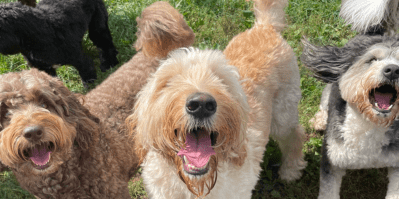
Keep your dog on a leash while entering the park and observing your surroundings. Allow your dog to become comfortable with its surroundings first before letting it off its leash. Note that you should only take off your dog’s leash if it has already been trained.
Gradually introduce your dog to the park by going to a less crowded area. Let your dog walk around and explore with you at their own pace to prevent it from feeling anxious.
Monitor your pup closely by observing its body language and interactions with other dogs. Make sure to constantly check for signs of stress, fear, or aggression. When this happens, take your dog to another area of the park to prevent further stress on your pup.
What To Do After Visiting the Dog Park?
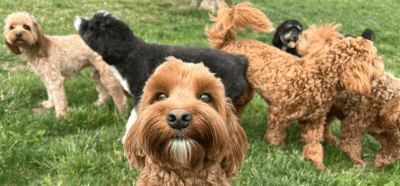 Assess your dog’s behavior as soon as you leave the park and when you get home. If your dog appears happy and relaxed, then you can gradually increase the length of your visits. On the other hand, if your pup becomes too tired, adjust to shorter visits.
Assess your dog’s behavior as soon as you leave the park and when you get home. If your dog appears happy and relaxed, then you can gradually increase the length of your visits. On the other hand, if your pup becomes too tired, adjust to shorter visits.
Create a consistent routine for your visits to the dog park to help your dog become more accustomed to the new environment.
Check for behavioral issues, such as anxiety and stress. If you notice any negative behaviors developing, consider bringing your dog to a professional dog trainer or behavioralist.
Additional Tips To Make Your Visit To The Dog Park Better
Bring Essentials: Remember to bring water for yourself and your dog, poop bags, and a first-aid kit. Ensure your dog has proper identification on their collar or harness.
Respect Park Rules: Follow all rules and etiquette at the dog park for a safe and enjoyable experience for all.
Know Your Dog’s Limits: Not all dogs enjoy dog parks; consider alternative exercise and socialization if your dog shows signs of discomfort or aggression.
Check out our Amazon Finds for Dog Park Essentials
Prepare Your Pup For the Dog Park By Enrolling in Puppy Training!
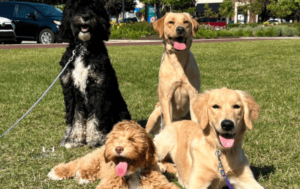 Do you know puppy training and boarding can help a lot with preparing your dog for trips to the dog park? They get obedience training and learn to socialize with other dogs in a controlled setting, making it much easier for you when bringing them outdoors.
Do you know puppy training and boarding can help a lot with preparing your dog for trips to the dog park? They get obedience training and learn to socialize with other dogs in a controlled setting, making it much easier for you when bringing them outdoors.
At Happy Pup Manor we get to know each dog in our care, ensuring that they get the proper training that considers their breed, character, and unique personality! Depending on the training program that you choose for your pup, he gets to have lots of activities that help with his behavior and socialization skills, such as:
- One hour of individual training per day
- Group training with other puppies in the program
- Supervised playtime to socialize with other dogs, big and small
- Constant reinforcement of training throughout the day in a home environment
Contact us now to discuss the best puppy classes for your pup!



